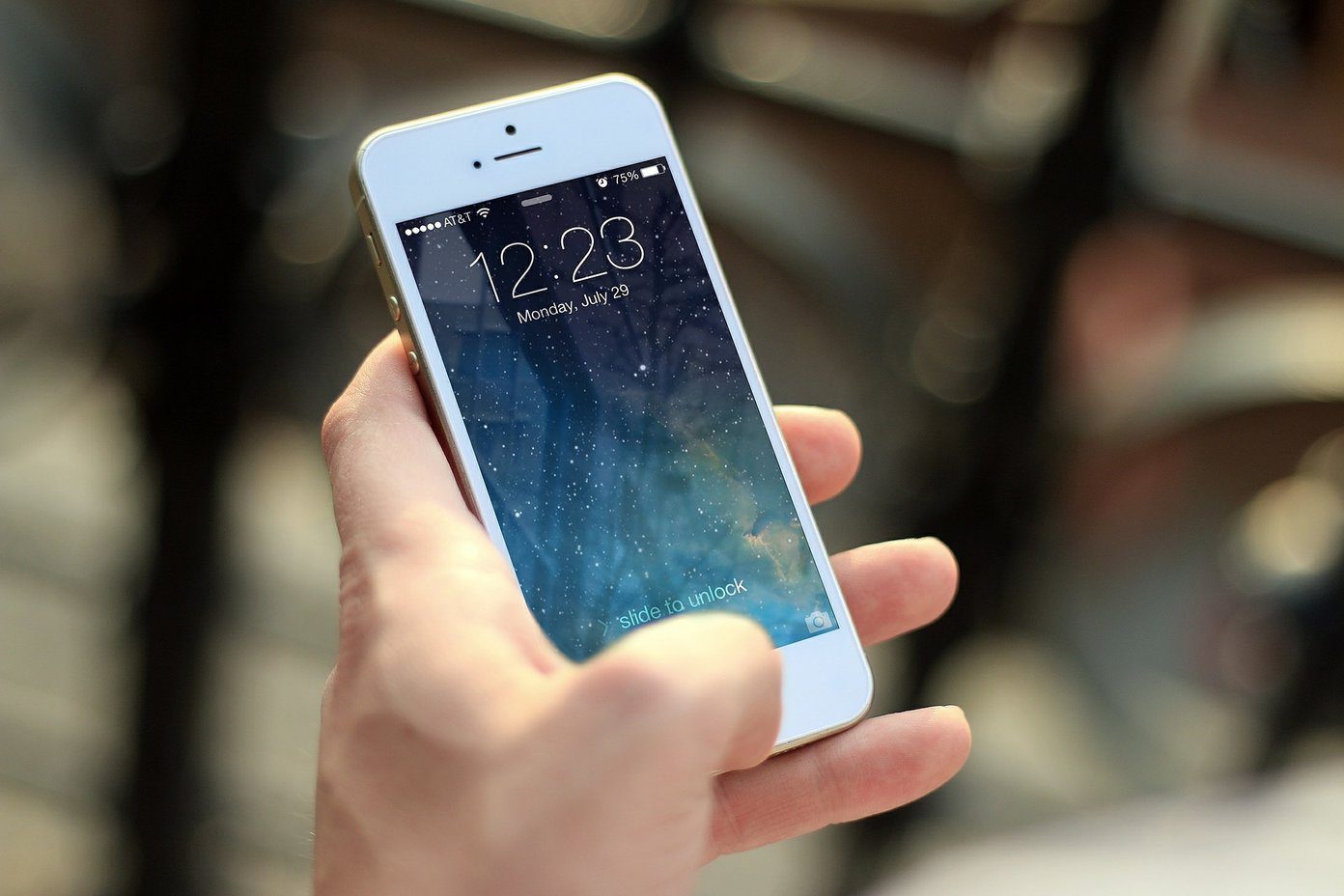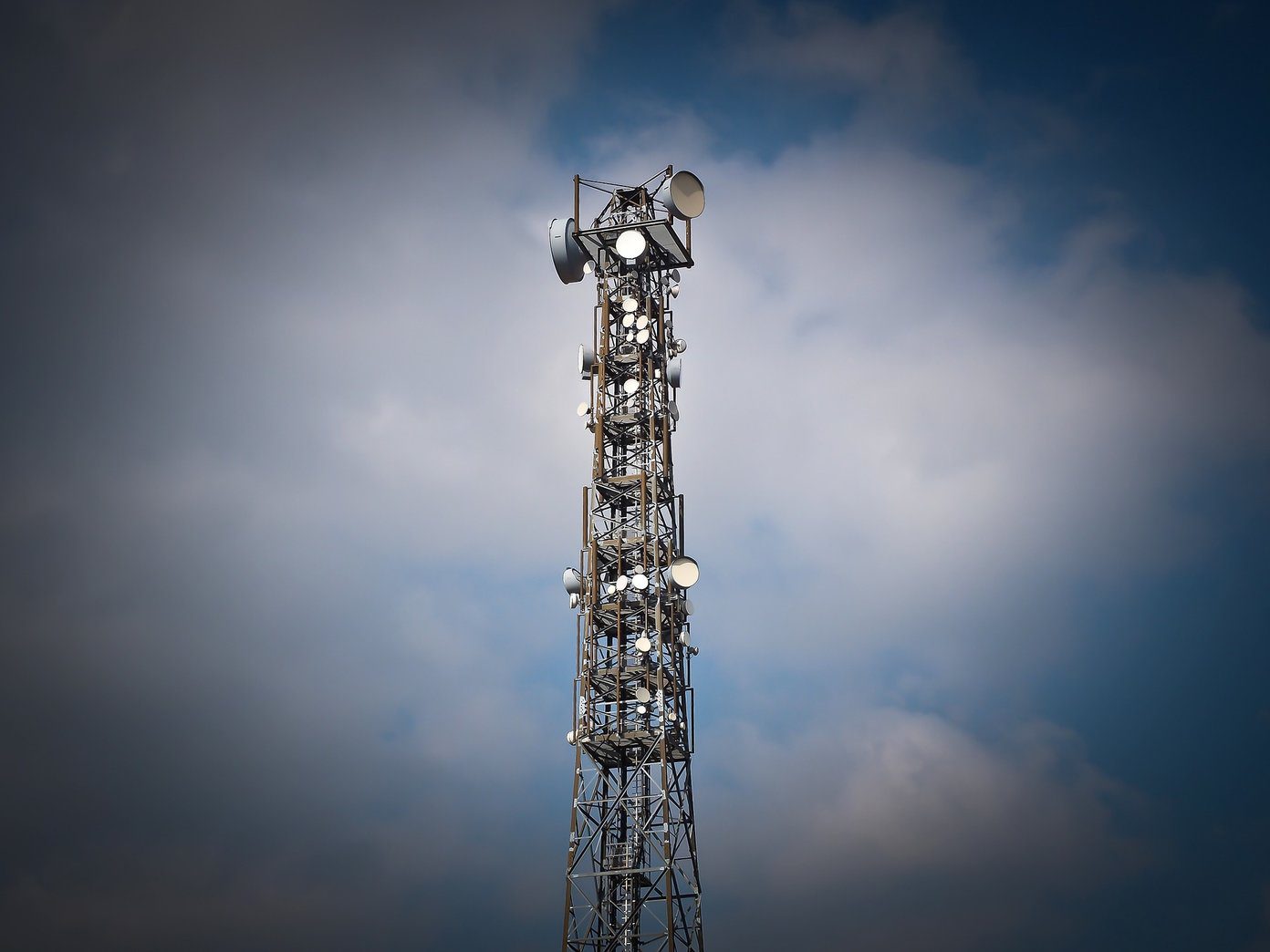A famous joke from the last decade — the radiation from two phones is enough to cook an egg. The mobile networks in India have come a long way to offer 4G LTE services and covering more areas in terms of connectivity. While the hype continues to grow, it also fosters a lot of room for myths too.

Apart from the anecdotal statements, some of those myths also turned into trends for a short period. However, we are here to bust the most popular myths which are surprisingly still rampant and spreading like wildfire.
To start with the obvious ones, using a thick cover or case should not affect a phone’s cellular connectivity quality. Just like adding a ‘Taffan’ (actually, it means toughened), doesn’t ensure the safeguarding of screen. Instead, we are addressing seven myths which sound like a fact at face value itself.
MYTH 1: More Bars on Your Cell Phone Means Better Signal
That is rubbish! Just because your phone shows all five bars for a network, doesn’t mean it is operating at peak capacity. That’s only the phone’s software depicting what it deems to be an optimal presentation. In a typical scenario, two phones from distinct brands may show different network bars but might perform similarly. In short, more bars or fewer bars do not mean better or poorer quality. The actual network quality is dependent on several factors which includes your phone.

In theory, the network bars shows how stronger the signal is based on one thing – how close is your phone to the nearest cellular tower. The Play Store has several apps that show the nearly accurate value of signal strength in the dBm (decibel-milliwatts) value.
MYTH 2: Using Network Booster Chips on Phone
Let me tell get out in the open: Aluminum foils are supposed to keep the food warm. They aren’t supposed to amplify network signal on your phone. That addresses the phones that come with removable battery and back covers.
There’s no need to apply any stickers or decals that claim to boost your phone’s network quality. It’s just a gimmick, and the only thing these stickers add is grime on your phones. That’s because they carry cheap glue which ruins the surface.
Thankfully, you no longer need to worry about network coverage indoors. Airtel is rolling out a new technology which will improve indoor network coverage. Airtel’s new LTE900 technology will make you enjoy voice calls peacefully while you can sit anywhere in your house. Watch this video to know more about Airtel’s new LTE900 technology:
MYTH 3: Raising Your Phone towards the Sky Yields Better Cell Reception?
It’s amusing when people raise their hand and tilt their head to get better call reception. The truth is that raising your phone higher or climbing to the top of the building won’t guarantee better cellular reception. However, using the phone while walking or in a moving vehicle might impact the network connectivity performance.

In theory, the closer you’re to a cell tower, the better cellular reception your phone will get. The actual performance is entirely subjective by nature and depends on a variety of factor.
MYTH 4: Putting Phone in Flight Mode Charges It Better
There’s no significant gain in charging your phone after you put it in the airplane mode. The difference will be merely in minutes. Thanks to the modern fast charging technologies like Warp Charge from OnePlus or QuickCharge 4.0 from Qualcomm, you don’t have to charge that way. Even if you think that keeping the phone switched on will consume some juice for network and GPS, then you’re profoundly mistaken.
So if you try replicating the same experiment with your phone, you’ll be losing out on the messages and urgent calls.
MYTH 5: Using VPN Boosts Internet Speed and Signal
Contrary to this popular belief, using VPN services reduces the browsing speed. That’s the cost of privacy you’ll have to pay. Instead of seeking VPN services to get a faster browsing experience, why not look for a better network provider that offers that consistently?
Well, Ookla makes reliable Internet speed test apps and has certified that Airtel leads overall when it comes to speeds in India. Here’s a video that talks more about Ookla’s speed test and Airtel topping the charts to receive the Speed Test award.
MYTH 6: Download Network Signal Booster apps from Play Store and using local network boosters
Google Play Store is flooded with apps that claim to boost your network reception. Sure, there are a few apps which provide a technical assessment of your network. But none of them can “boost signal” for your smartphone or magically make it get full bars and best network quality. Such apps mostly shove ads in your face or wherever possible.

All Android and iPhones come with a secret debug menu that can be used to determine the technical details of the network quality. That said, it will still not help your phone boost the network signal. So you should stay away from such apps.
Also, using uncertified and unlicensed local network booster units can do more harm to the network quality. Indian Department of Telecom advises the users not to buy any unlicensed and unauthorized third-party network signal booster.
MYTH 7: Talking Continuously on Phone Causes Headaches and Might Even Result in Brain Cancer.
One of the highly debatable myths is that continuous usage of a phone can cause a headache. Of course, how long can an average human talk without taking breaks or drinking water? People who don’t use mobile phones get headaches too! Jokes apart, there is no scientific evidence that prolonged use of a mobile phone can cause brain cancer. Even the WHO (World Health Organization) has debunked this myth.

If you keep using earphones plugged to the mobile phone all the time, then you’re prone to get headaches. That’s because you’re always shutting your ear canals and thereby fostering the growth of earwax and bacteria.
Finally, the radiofrequency radiation from the base stations is generally way less intense than the RF emitted from cellphones, local radio, and television stations.
Follow the Basics
Thanks to the regulations and standards being followed, you no longer have to install anything in your home to get better network connectivity. The Airtel LTE900 technology will soon improve the indoor network signal, and you can tell our family members and neighbours not to shout while speaking on the phone.
Also, you no longer need to apply any sticker or install any signal booster to improve network quality in your home or your premises. You may request the network provider to send a field engineer to assess the quality of the network and have the issue fixed.

